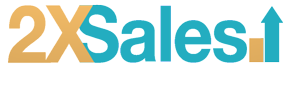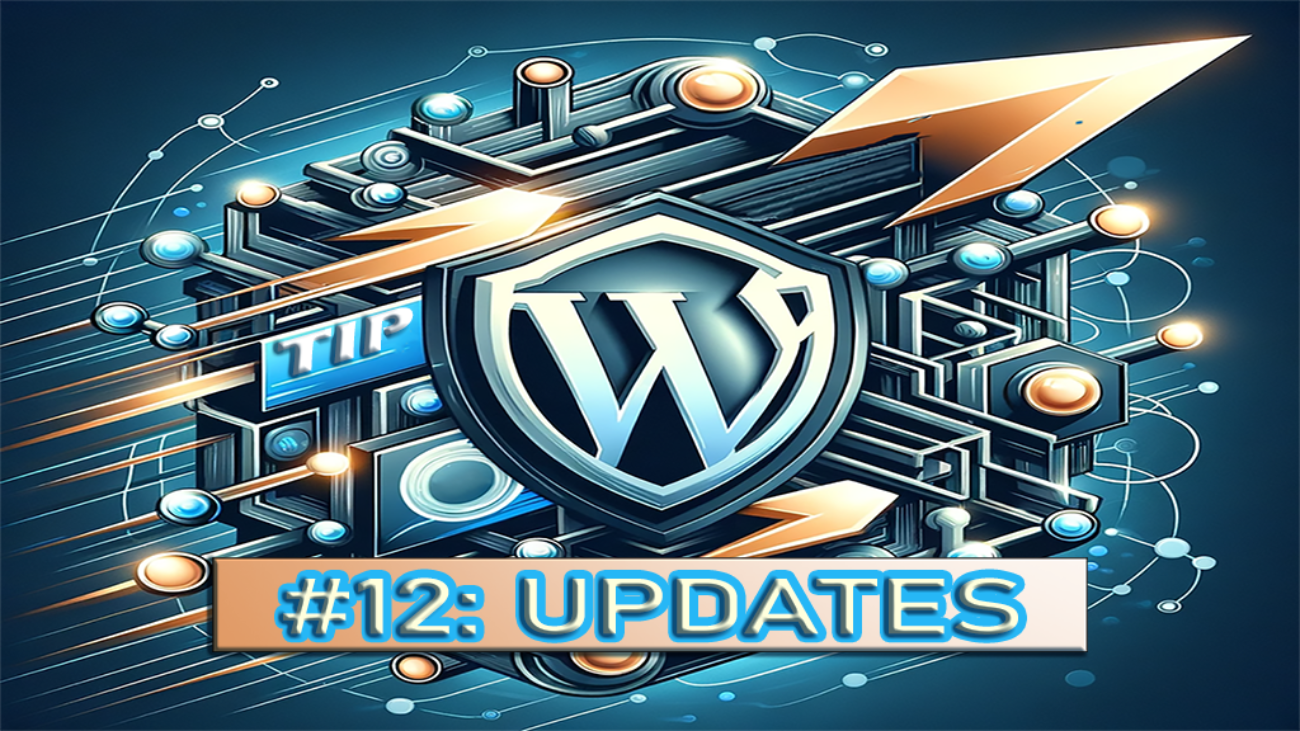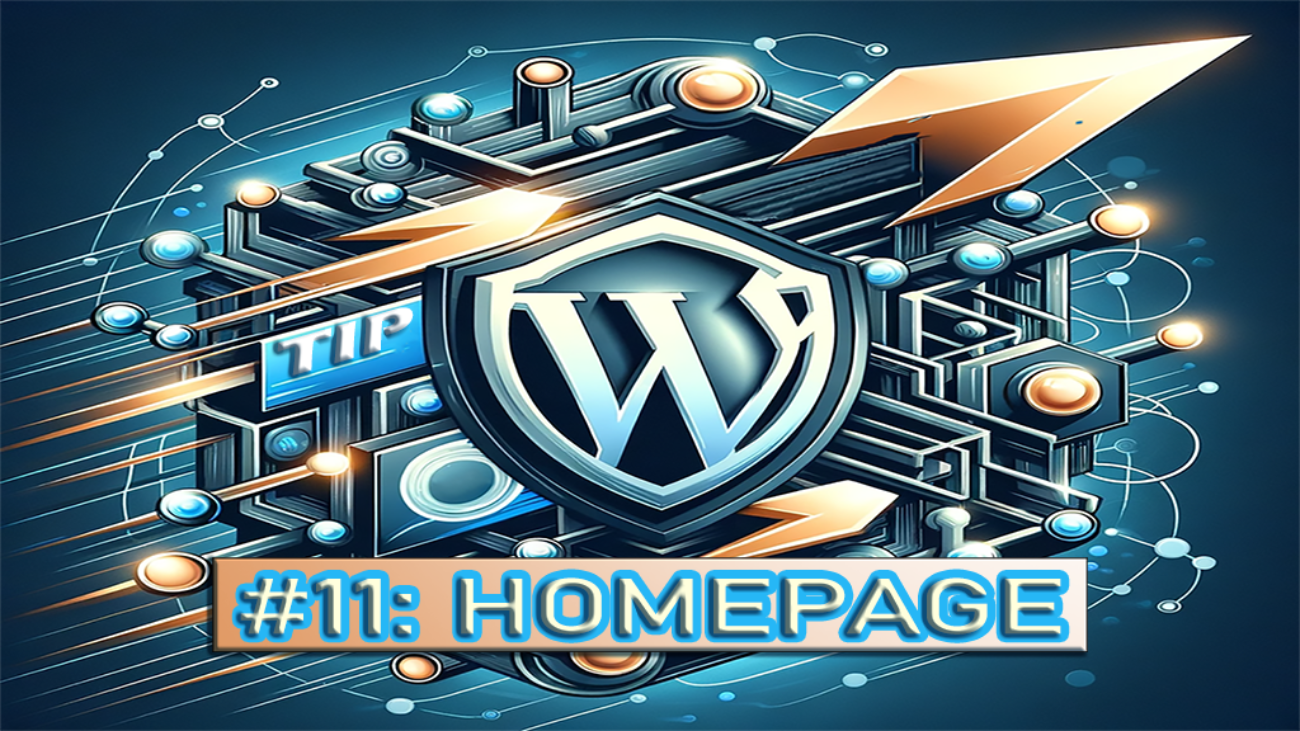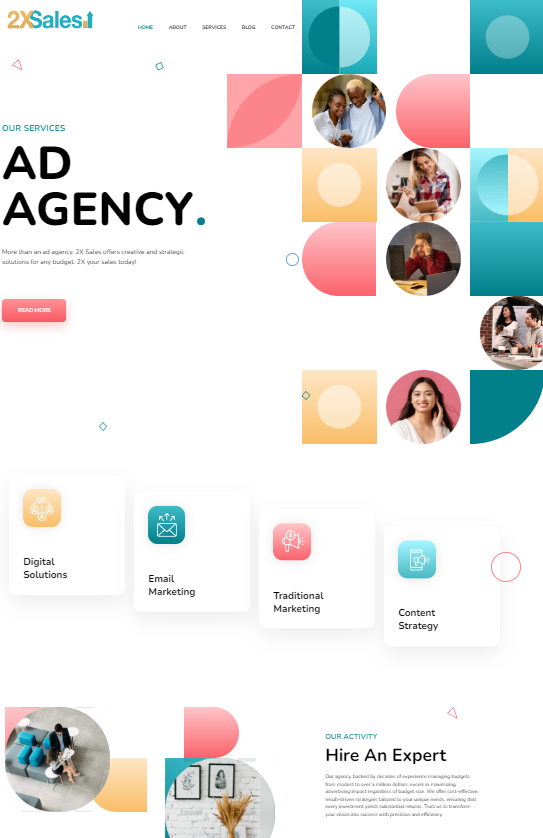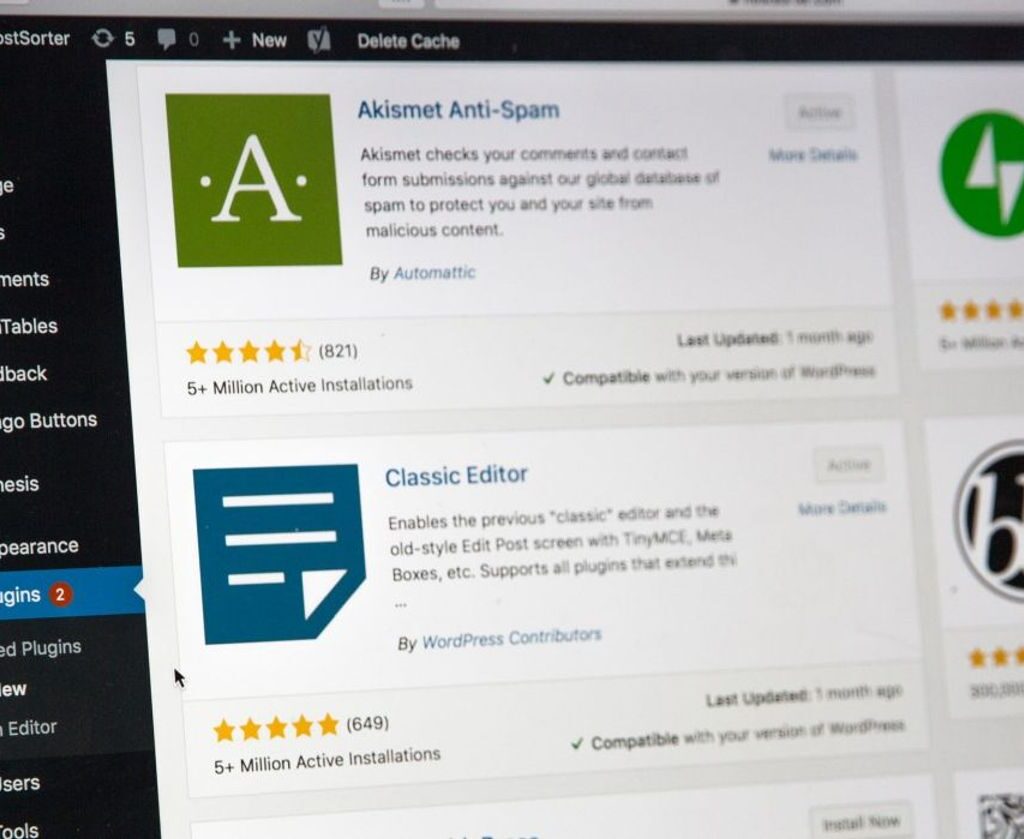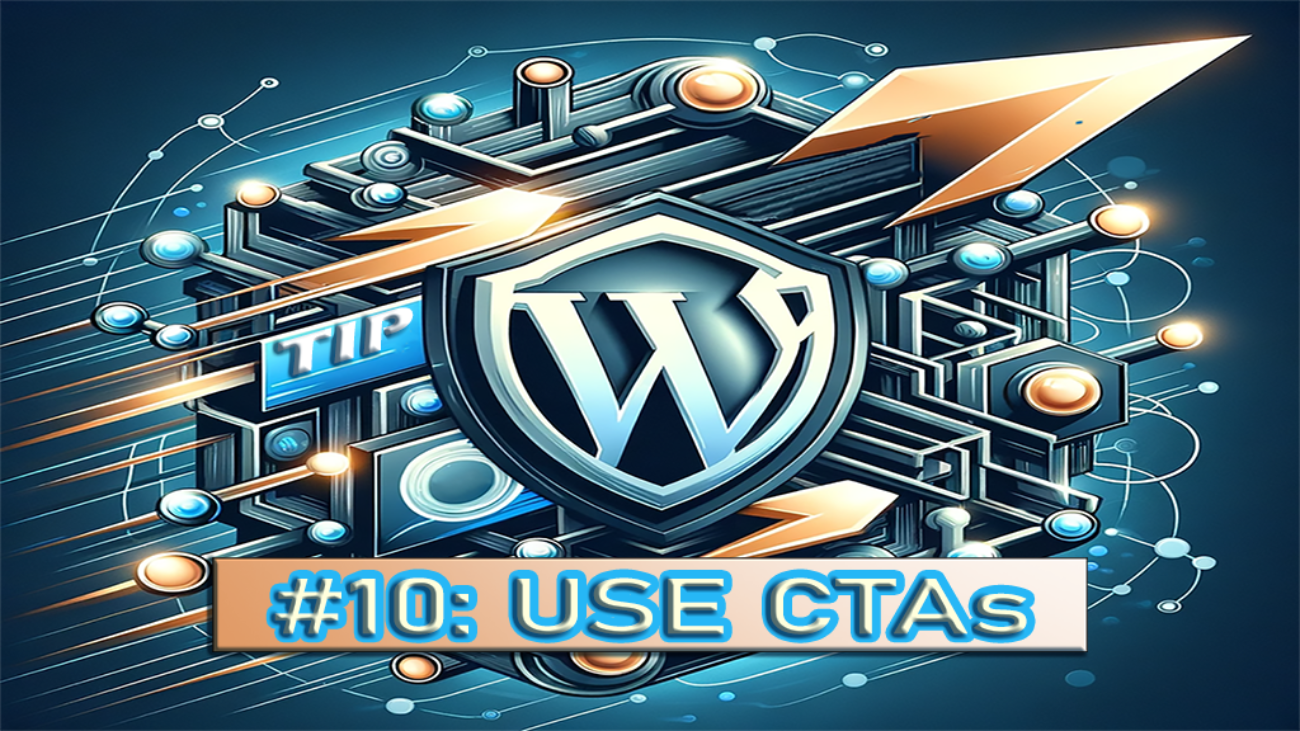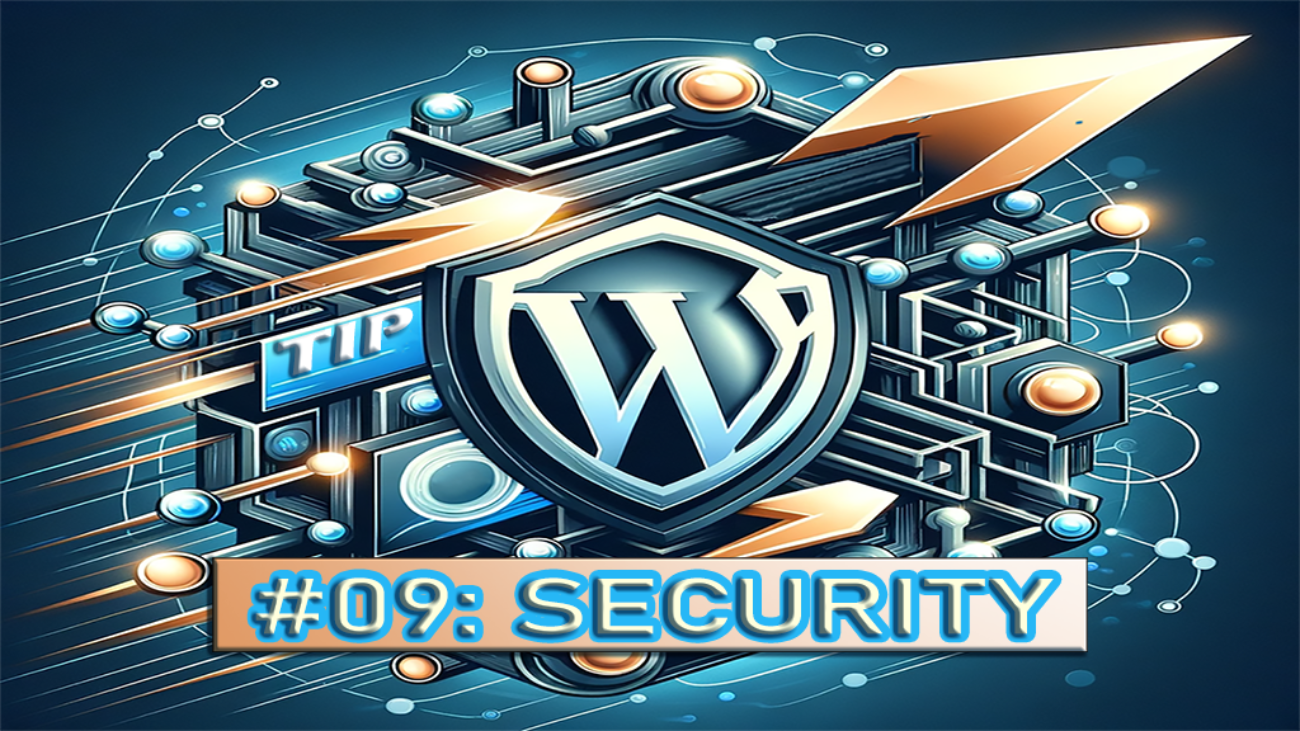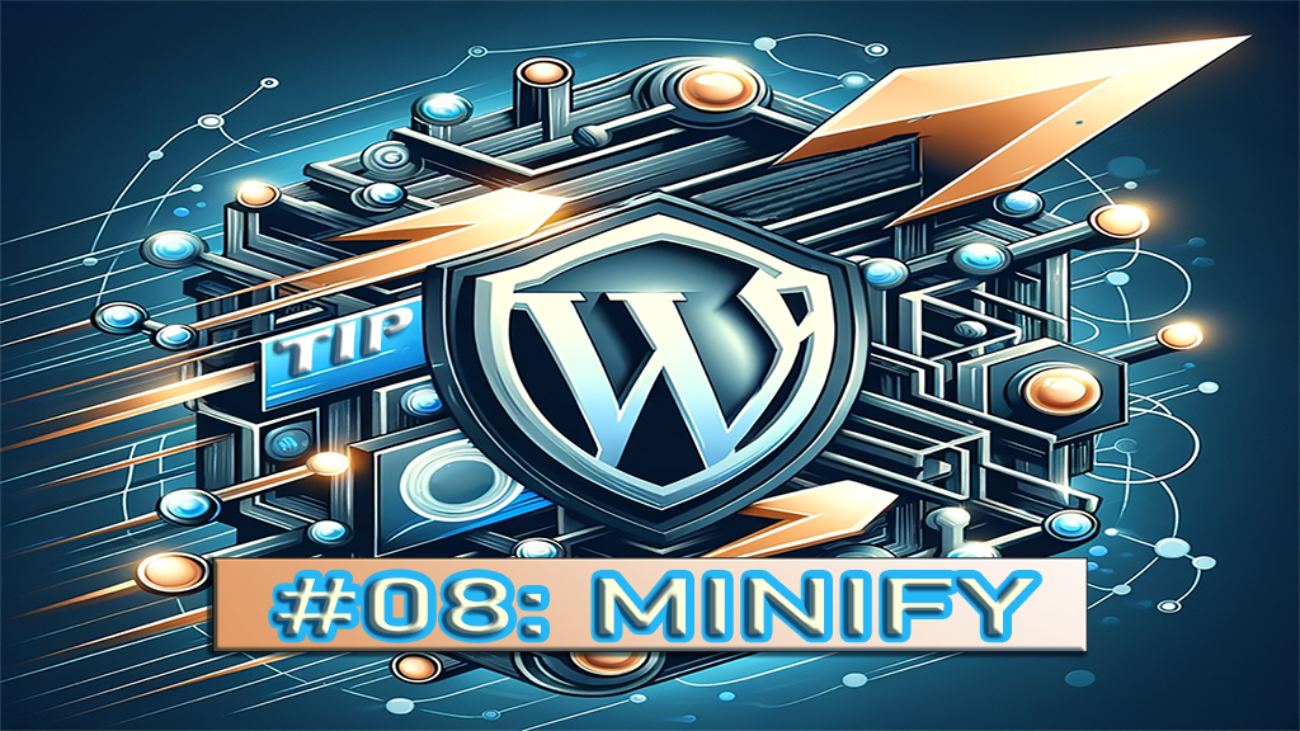Need a Social Media Calendar Guide for 2024?
Navigating the realm of media can feel overwhelming without having the proper tools and strategies, in place. A designed social media calendar serves as more than a way to schedule posts; it functions as a detailed roadmap that helps maintain a consistent and impactful online presence on platforms such as Facebook, Twitter, Snapchat, and others. This informative post delves into the art of crafting and organizing a social media calendar tailored to fit the dynamics of each platform.
Regularly Managing your calendar is essential to keep up with trends algorithm changes and adjustments in your marketing approach. This proactive strategy involves incorporating posts on trending topics as they arise providing behind-the-scenes insights into events or daily occurrences and utilizing platform features, like filters and lenses to enhance your brand’s storytelling. These tactics are not. Also deeply engage audiences through visually appealing content.
To gain insights and real-world examples of social media tactics platforms, like Social Media Examiner serve as excellent resources. Tailored advice and strategies provided by platforms can enhance engagement and optimize your marketing goals effectively. Crafting a dynamic and well-organized social media calendar is crucial for your marketing endeavors. By implementing the suggested strategies from this guide, you can enhance your presence in media fostering growth and building stronger connections with your audience.
Social media calendars are indispensable tools for any marketer looking to streamline their social media strategy. They allow for organization and scheduling of content across multiple platforms, ensuring that posts are consistent and timely. A well-planned social media calendar saves time and helps maintain a regular posting schedule that keeps followers engaged and informed. With templates from resources like Smartsheet, marketers can easily customize their calendars to fit their specific needs, enabling better tracking of campaign progress and content effectiveness.
Using a social media calendar also facilitates more strategic content planning. By mapping out posts in advance, marketers can align their content with upcoming promotions, events, and significant dates relevant to their audience. This proactive approach ensures that all social media activity supports broader marketing goals, creating a cohesive marketing message across all channels. Insightful resources like Social Media Examiner provide detailed strategies and tips to optimize content for each platform, enhancing the effectiveness of the social media calendar.
Moreover, tools like Monday.com further enhance the utility of social media calendars by offering advanced features that support collaboration, analytics, and automation. These features help teams stay on track, measure the impact of their social media efforts, and adjust their strategies based on real-time data, leading to more successful and measurable marketing outcomes.
To excel in the media landscape it’s crucial to approach social media calendar management. Here’s a simplified guide to help you optimize your social media efforts;
Understanding Platform Dynamics
It’s important to acknowledge the characteristics of each platform—Twitter thrives on updates due, to its fast-paced nature while Facebook and Snapchat do well with fewer but impactful posts. Adapting your content strategy accordingly can boost user engagement. Help achieve marketing goals effectively.
Choosing the Right Tools
**Platform Specific Tools**; Utilize TweetDeck for managing Twitter activities and Creator Studio for Facebook and Instagram to tailor content for each platform.
**General Scheduling Tools**; Integrate tools like Buffer or Sprout Social for scheduling posts monitoring performance and staying informed about algorithm changes and emerging trends.
Consistent Updates and Management
Keep your social media calendar current by adapting to trends and adjusting your marketing approach in time. This involves incorporating posts, on trending topics and making tweaks based on analytics.
Being Creative, with Content
**Showing What Happens Behind the Scenes**; Share sneak peeks of events or daily routines to give your audience a touch.
**Telling Stories through Images**; Get creative with filters and lenses to enhance your brand’s story and visually interact with your audience.
Continuous Learning and Flexibility
Keep up to date on the tools, features, and best practices. Regular training for your team ensures that your social media strategies stay relevant and impactful.
Making the Most of Expert Advice
Use platforms like [Social Media Examiner](https;//www.socialmediaexaminer.com/) for insights and personalized strategies designed to boost your presence across channels.
By following this approach you’ll ensure that your social media calendar is more than a tool for scheduling; it becomes a crucial part of your digital marketing strategy. This method helps in organizing content aligning it with business objectives and nurturing an engaged online community ultimately leading to growth and stronger connections, with your audience.

Instagram appeals, to a range of people every day especially focusing on sharing restaurant recommendations every Wednesday. This deliberate strategy not only boosts follower engagement by showcasing dining experiences midweek but also influences their dining choices for the upcoming weekend increasing interaction and excitement.
Facebook on the other hand takes a stylish approach. Beginning the week with “Photography Tips” attracts photography enthusiasts looking to improve their skills while ending with “Summer Trends” sparks curiosity in activities or fashion trends. This thought-out mix of content aims to provide guidance and timely updates establishing your page as a trusted source for valuable information.
Instagram/Facebook Stories feature interactive and entertaining content such as “Summer Songs ‘This or That'”. A “Sushi Workshop” event. These stories are designed to encourage participation through fun polls and real-time activities making them ideal for increasing engagement and promoting content sharing. Notably placing the “Sushi Workshop” story on Saturday strategically encourages weekend interaction.
This content calendar demonstrates an approach to distributing content across platforms each serving unique purposes, in engaging the audience.
Instagram expands your reach by covering subjects Facebook serves as a source of knowledge and updates and Stories provide engagement and interactive enjoyment. This thoughtful categorization ensures that each content piece deeply connects with audience preferences ultimately extending your influence and enhancing your presence.
Essentially this social media schedule exemplifies how diverse content can be harmonized across platforms to maintain a captivating social media presence. By organizing each day to generate interest and interaction this framework aims to cater to the diverse preferences of your followers ensuring that every post contributes to cultivating a more involved and dedicated community.

The Instagram calendar offered by ManyChat is a thought-out plan tailored for businesses looking to boost their social media presence and connect deeply with their followers. This crafted calendar ensures that every post, whether it’s a post, story, or reel is thoughtfully created to meet the changing needs of your audience while driving meaningful engagement and growth.
Kicking off the month with an “Interview, with an Influencer” sets a tone for engagement by leveraging the influencer’s followers and establishing credibility. Next focusing on User Generated Content (UGC) lets your audience feel heard and appreciated fostering a sense of community that builds loyalty and trust.
The calendar cleverly includes content such as “Product Education” sessions that educate followers about your product’s benefits and uses to boost consumer awareness and purchase intent. Interactive features like “Q&A sessions” and “Customer Q&A” encourage followers to interact with the brand enhancing user engagement and gathering feedback straight from customers.
Various promotional tactics are sprinkled throughout the month including “Product Promos” and enticing “Promo Bundles ” strategically placed to sustain interest, in the offerings.
“Special occasions, like the ‘Team Outing’ and behind-the-scenes stories add a touch to the brand forming a bond with the audience.
Furthermore, incorporating content such as ‘Fun/Dance’ and ‘Throwback Holiday’ posts keeps the feed dynamic and relatable ensuring that followers find reasons to engage and smile. These hearted posts complement the promotional content creating a balanced social media presence.
In essence, this Instagram calendar serves as more than a tool for scheduling; it represents an approach to engagement and marketing that ensures all content aligns with business objectives maximizes post-impact, and fosters an active community, around your brand. By utilizing this calendar businesses can anticipate increased engagement levels enhanced follower loyalty and improved conversions.”
In Conclusion, having a planned social media schedule for handling and improving content across various platforms. It guarantees that posts are shared at the time are pertinent to the audience and are customized to fit each platform’s characteristics. By employing these methods you will boost interaction, maintain communication with followers, and harmonize social media efforts with overarching marketing goals encouraging expansion and building stronger bonds within the community.
Need Help with Social Media?
We have the expertise and the tools needed to plan, create, and post creative and relevant content to your social media pages. Reach out today for a free consultation. Contact us.
